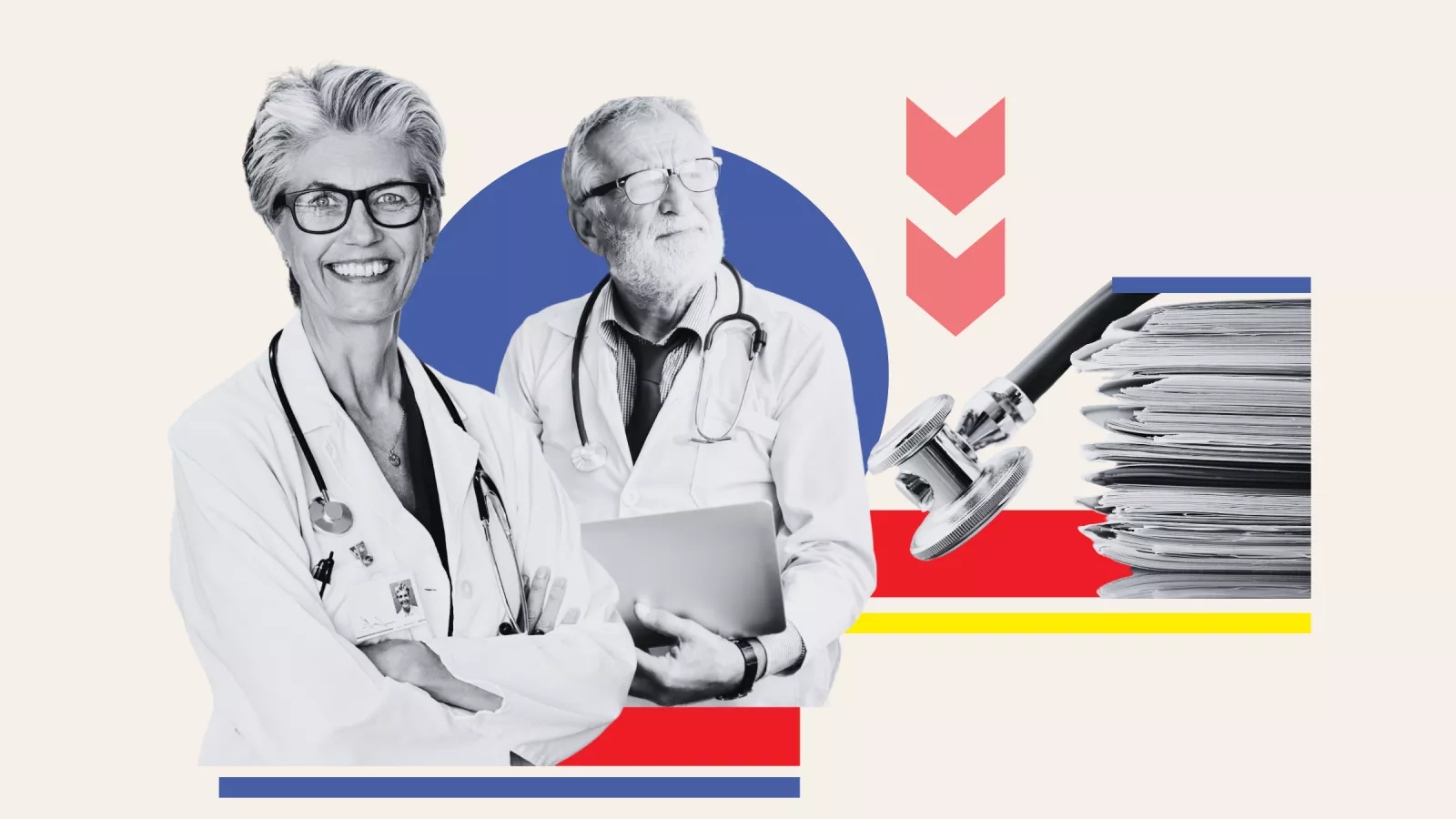Doctor Exodus: The Looming Healthcare Crisis That Could Reshape Medicine

The American Healthcare Workforce: A Critical Crossroads
The United States healthcare system is facing an unprecedented challenge: a looming physician shortage that threatens to reshape medical care as we know it. As experienced doctors approach retirement and fewer medical professionals choose to enter the field, the healthcare landscape is experiencing a profound transformation.
The Perfect Storm of Medical Workforce Challenges
Multiple factors are converging to create this critical shortage. An aging physician population, with many practitioners nearing retirement age, is colliding with increasing patient demands and growing healthcare complexity. The COVID-19 pandemic has further accelerated burnout and disillusionment among medical professionals, pushing many to reconsider their career trajectories.
Young doctors are confronting significant barriers to entry, including:
• Overwhelming student debt
• Intense professional stress
• Long, grueling training periods
• Declining job satisfaction
• Complex administrative burdens
The Economic and Human Impact
This shortage isn't just a statistical concern—it represents real consequences for patient care. Rural and underserved communities are particularly vulnerable, with potential reductions in medical access and longer wait times for critical healthcare services.
Healthcare institutions and policymakers must innovate, offering more supportive environments, competitive compensation, and meaningful strategies to attract and retain the next generation of medical professionals.
The road ahead demands collaborative solutions, reimagining medical education, workplace culture, and professional support to ensure a robust, resilient healthcare workforce for future generations.
